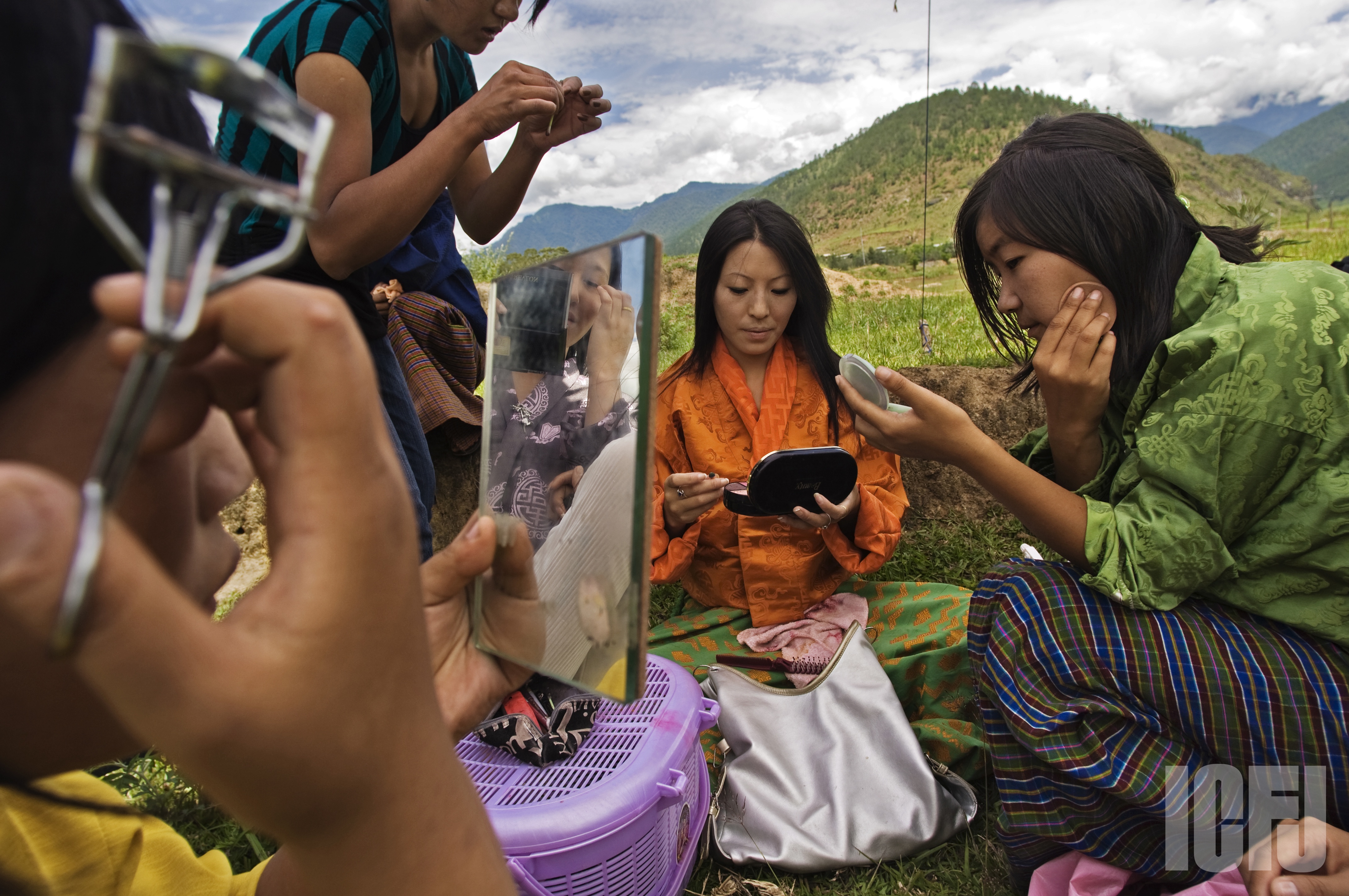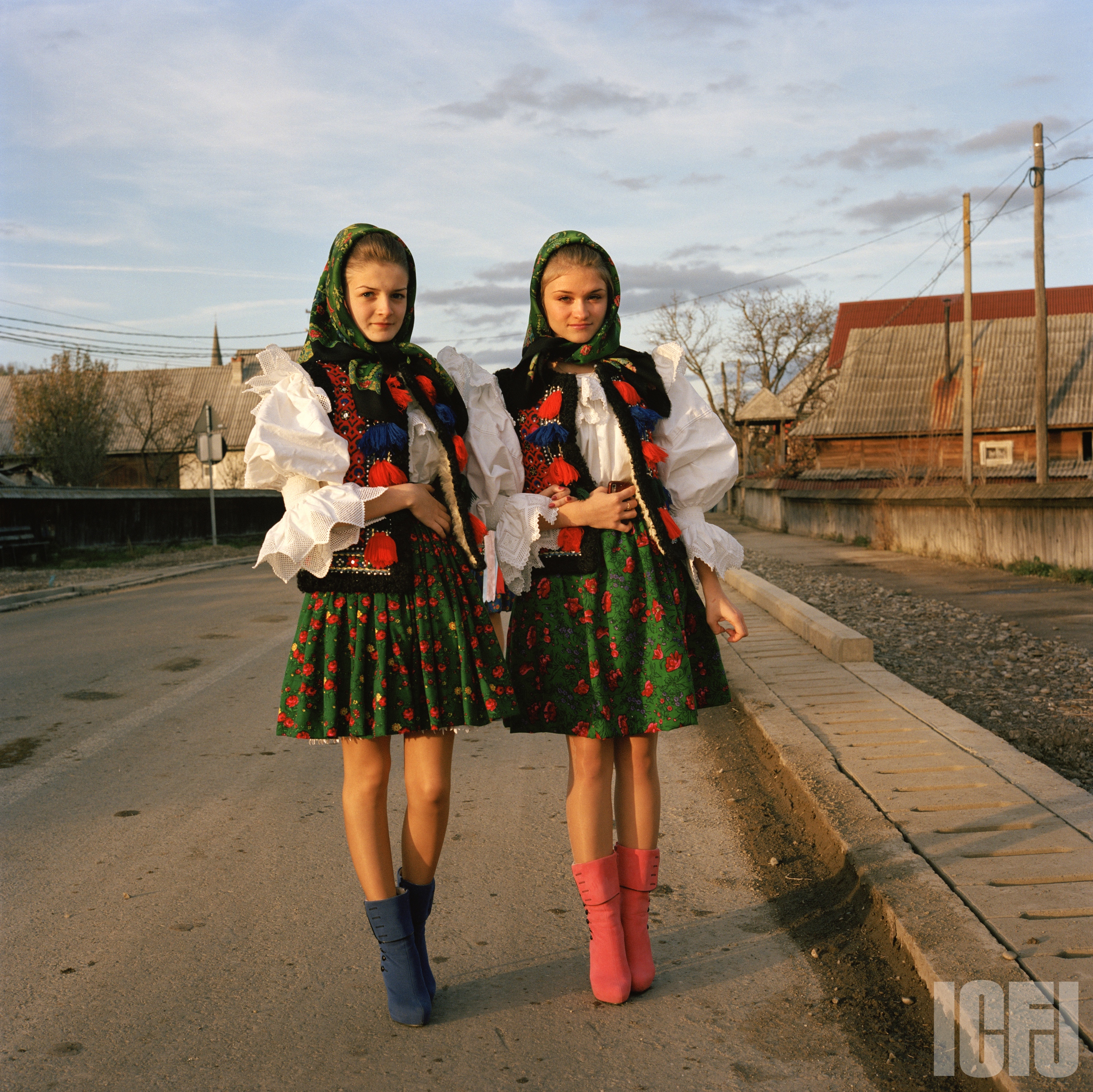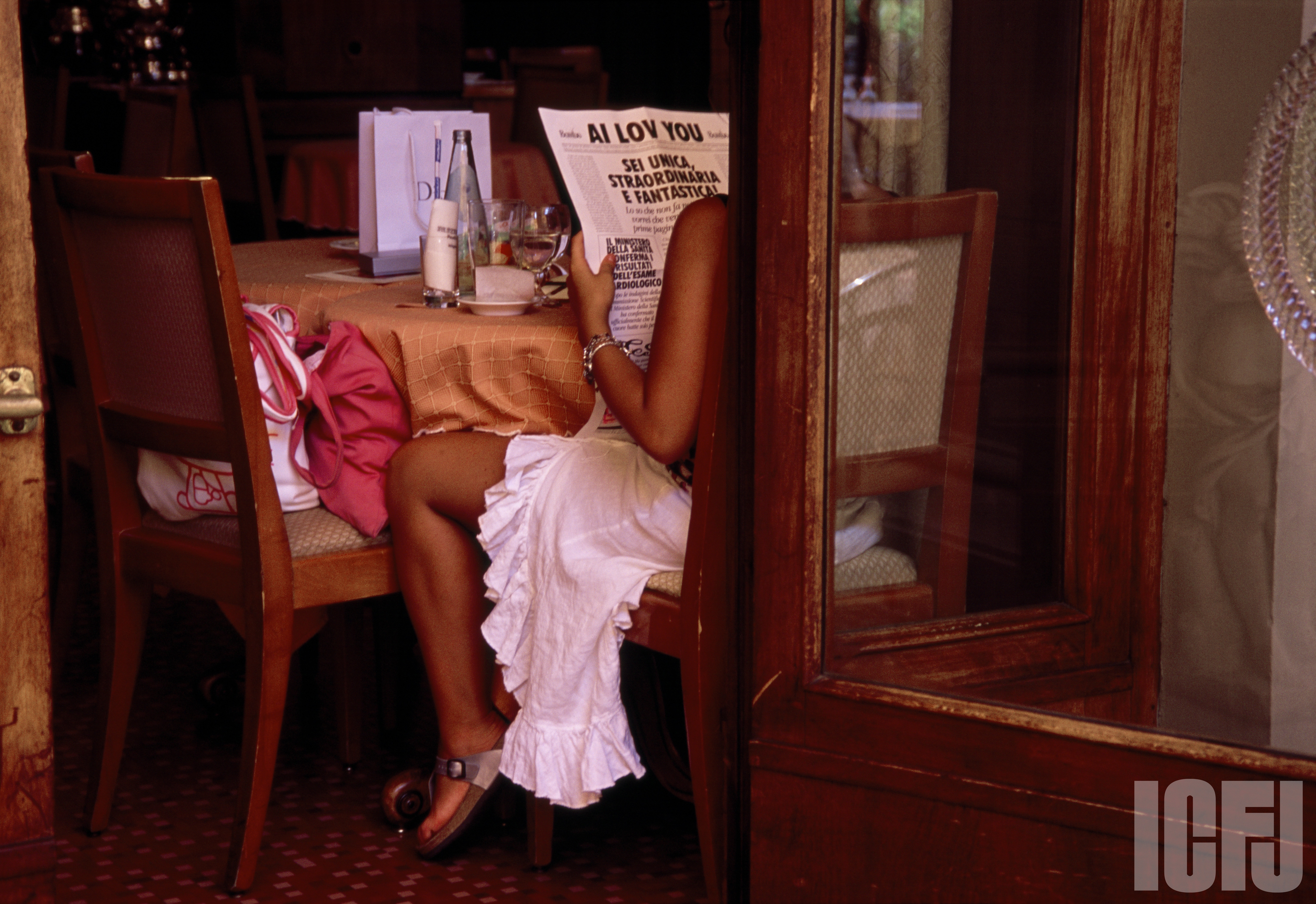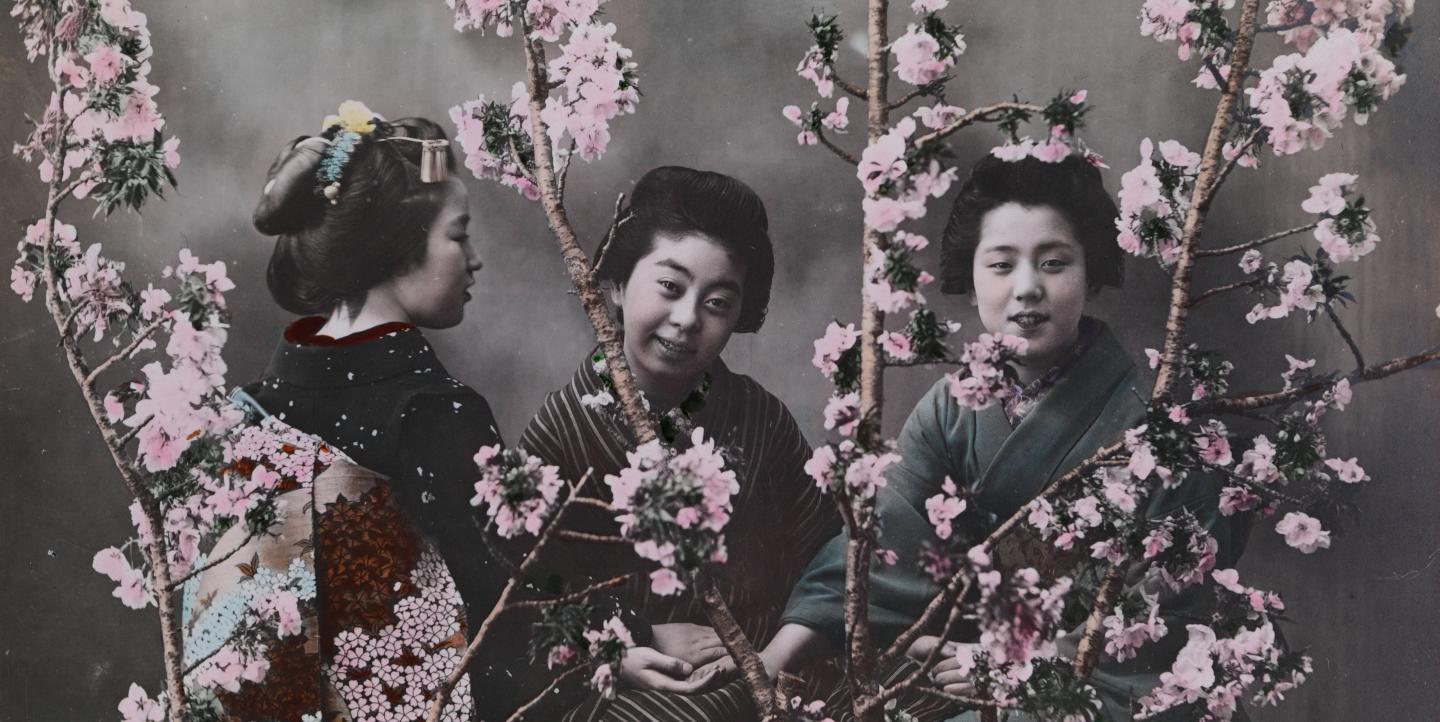Photography isn’t a supplement to great journalism. It’s a way to tell stories that words can’t.
National Geographic has made a name for itself doing just this, providing a visual record of life on Earth since its founding in 1888. However, that record hasn’t always been accurate, as women were often left out of the narrative.
This fall, National Geographic published its latest photo collection to create a new record. Titled, “Women: The National Geographic Image Collection,” the photo book captures the everyday lives of women around the world, dating back 130 years.
“Our idea was to document the female experience across all different walks of life,” said Hilary Black, an executive editor at National Geographic. “We realized the 100th anniversary of the Suffrage Act is coming up in the fall of 2020 which sparked our thought of devoting an entire book through the lens of women around the world.”
The women in the photographs are as diverse as their experiences. From Japanese girls posing with cherry blossoms to a group of women dancers applying makeup in Bhutan, the images are organized around common themes of joy, beauty, love, wisdom, strength and hope.

“As a child, I admired beautiful women, but they were vulnerable, fragile and in need of saving, like the princesses in the castles of fairytales I read and watched. I rarely thought of women as strong individuals or leaders who were actually capable of saving themselves. But the reality has always been different,” said Rena Effendi, whose photograph of two cousins on their way to a wedding in Romania appears in the collection.
Not only does the collection serve as a testament to women’s diversity, but also a record of the changes women have experienced. “The photos illuminate what used to be called, quaintly, ‘a woman’s place’ — a concept that is changing before our eyes,” wrote Susan Goldberg, editor-in-chief of National Geographic Magazine in the introduction.
Interviews with influential women, including Oprah Winfrey, Emma Gonzales and Sylvia Earle are woven in throughout the collection. They add a modern element to the story being told through the photos, draw parallels between the ways that women are depicted in images and the way they see themselves operating in the world.
“In my work, I am documenting and celebrating women leaders — brave and resilient individuals who have overcome unspeakable traumas, but their spirit remained strong,” said Effendi. “They are not celebrities or public personas. They are everyday women.”

As more women work as photographers and photojournalists, more women are represented in published photos. Photographers like Jodi Cobb, a National Geographic staff photographer for more than 30 years, shed light on the long-unseen worlds of women.
Cobb, who has many images in the collection, is known for her human rights photography, and for being one of the first photographers to show the secretive worlds of Japanese geishas and Saudi Arabian women. “They probably hadn’t been photographed before because those stories could only be done by a woman,” said Cobb.

Although there are more women working in the field than before, it’s still dominated by men. In The World Press Photos 2018 State of News Photography survey, for example, more than 80% of the 1,018 respondents were men. However, women photographers — like Effendi and Cobb — have cracked into the industry, making waves that challenge years of status quo. As they continue to do so, the images we see are changing with them.
Initiatives like Women Photograph, Diversify and the African Photojournalism Database, among others are working to increase diversity in photography and photojournalism, and by extension, better depict the realities of the world.
“One of the key points was to show how female photojournalists tell the story of women. That’s why we have so many beautiful pictures from Lynn Johnson, Erika Larsen and Lynsey Addario, Jodi Cobb, Kitra Cahana and Nina Robinson,” said Melissa Farris, National Geographic creative director. “Women have been for years telling women’s stories and focusing on issues that affect women, they have access that sometimes male photographers can’t get, and they have a perspective that is really unique.”
Main image credit goes to Eliza Scidmore.
Story made possible with additional reporting from Andria Moore.


